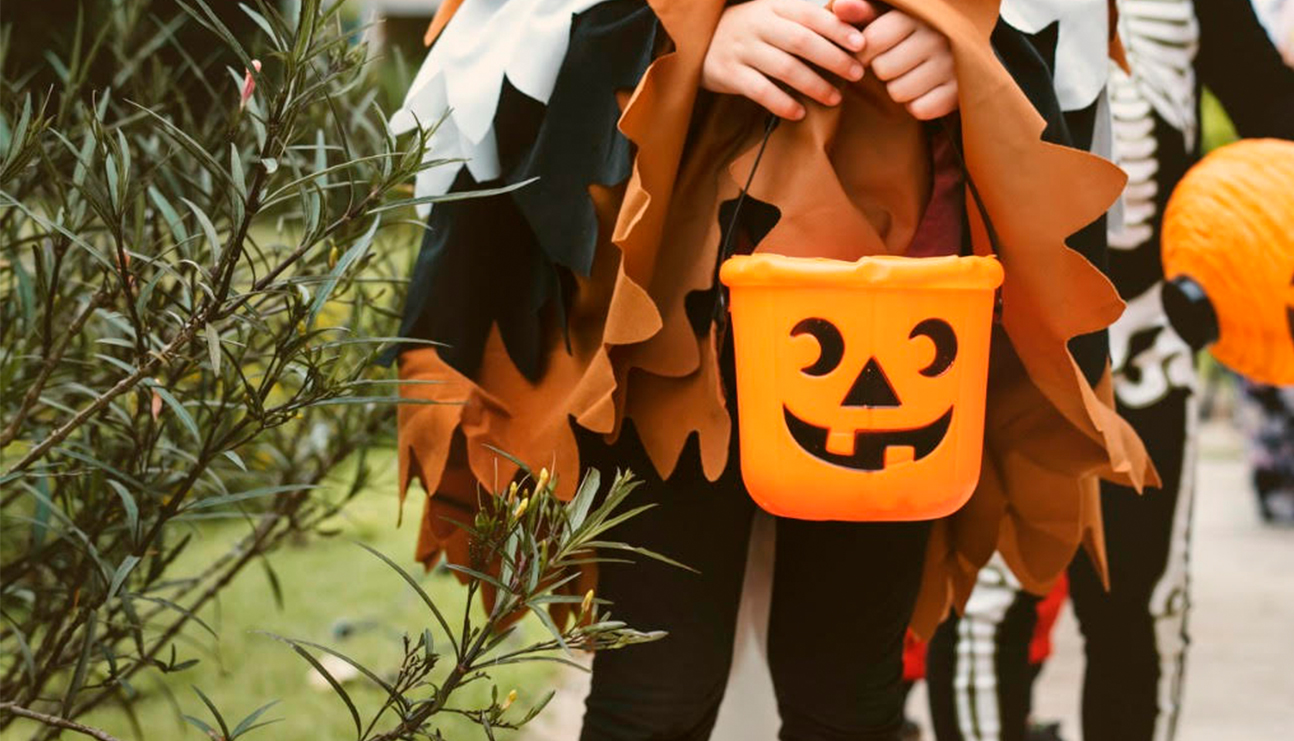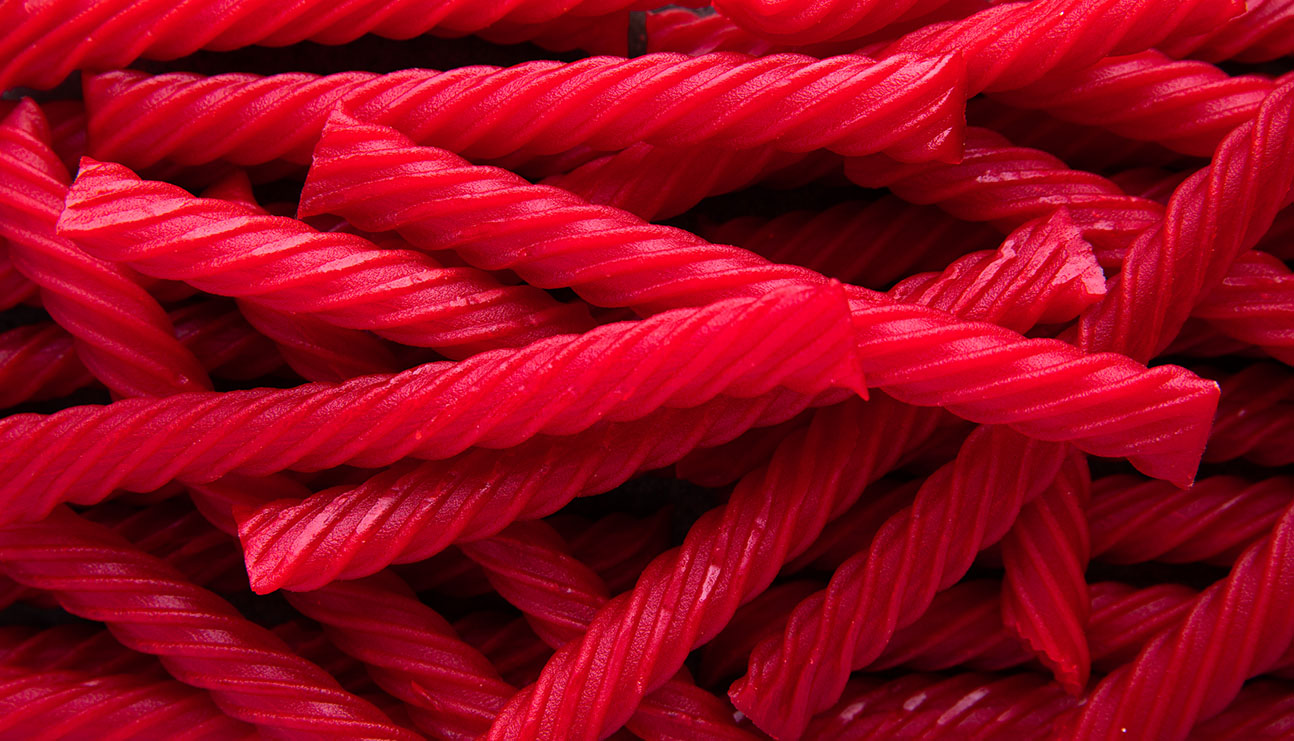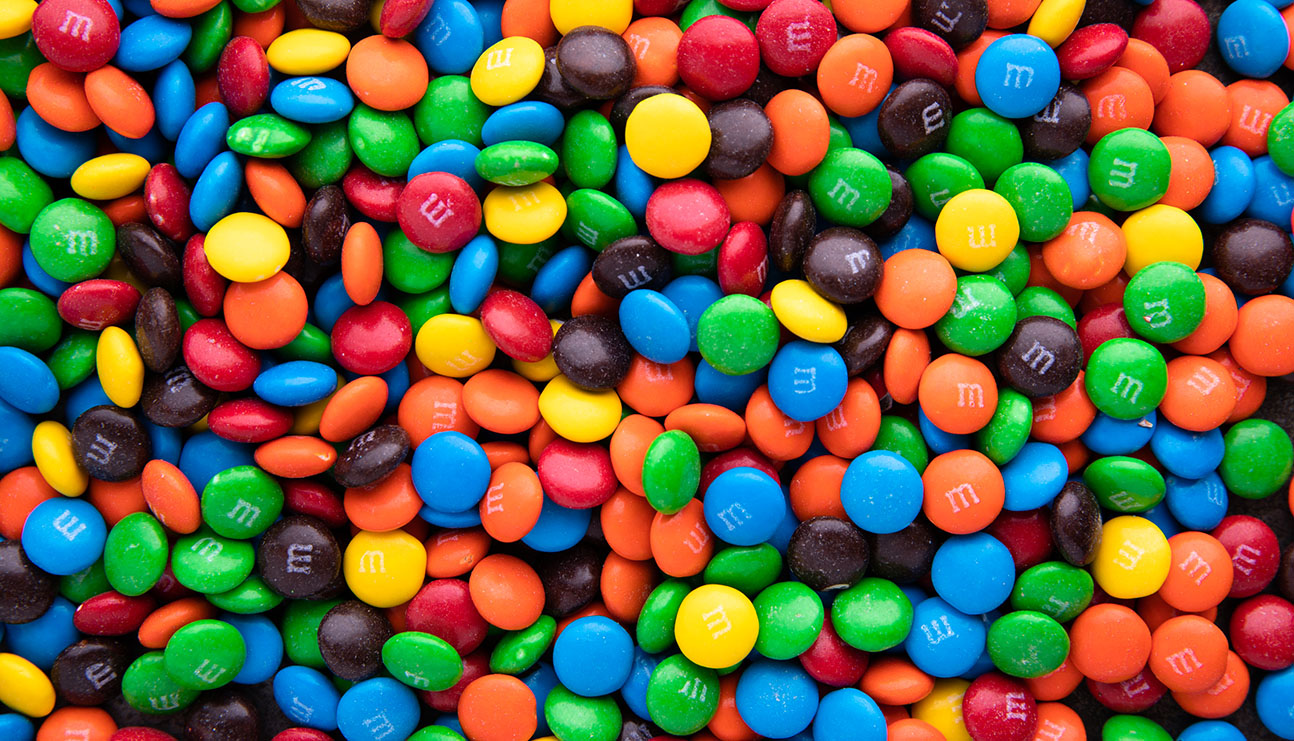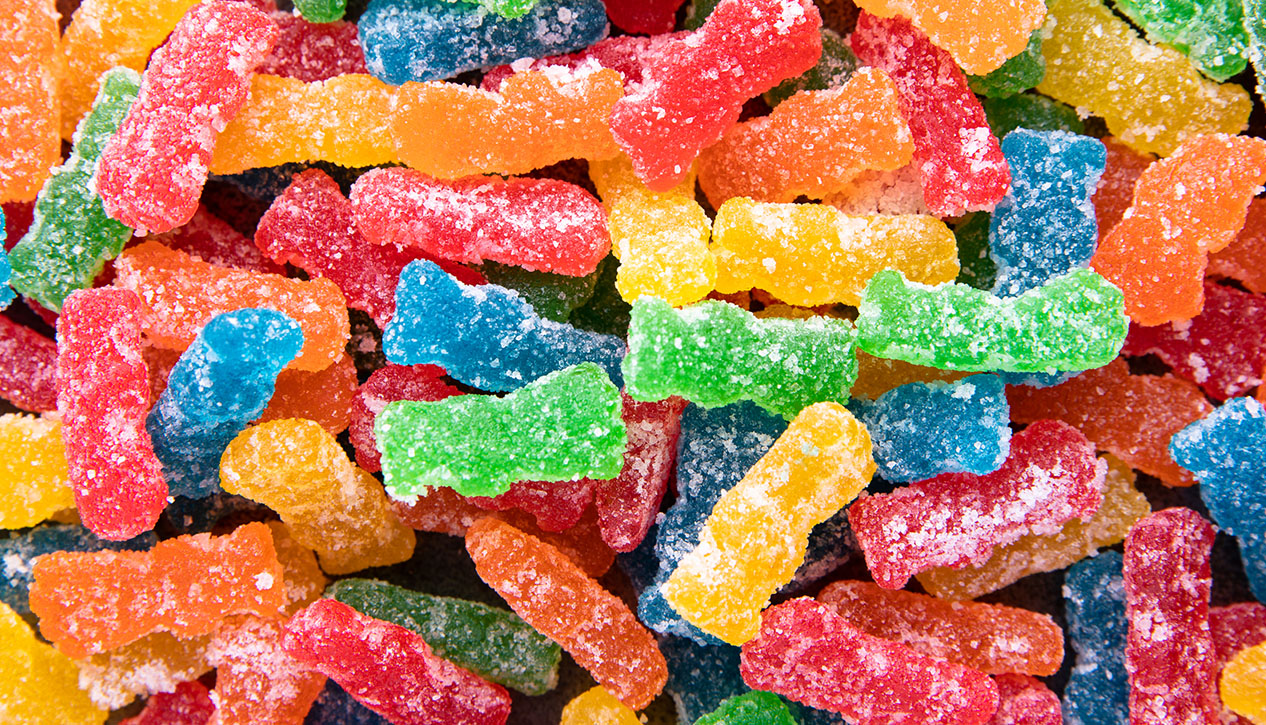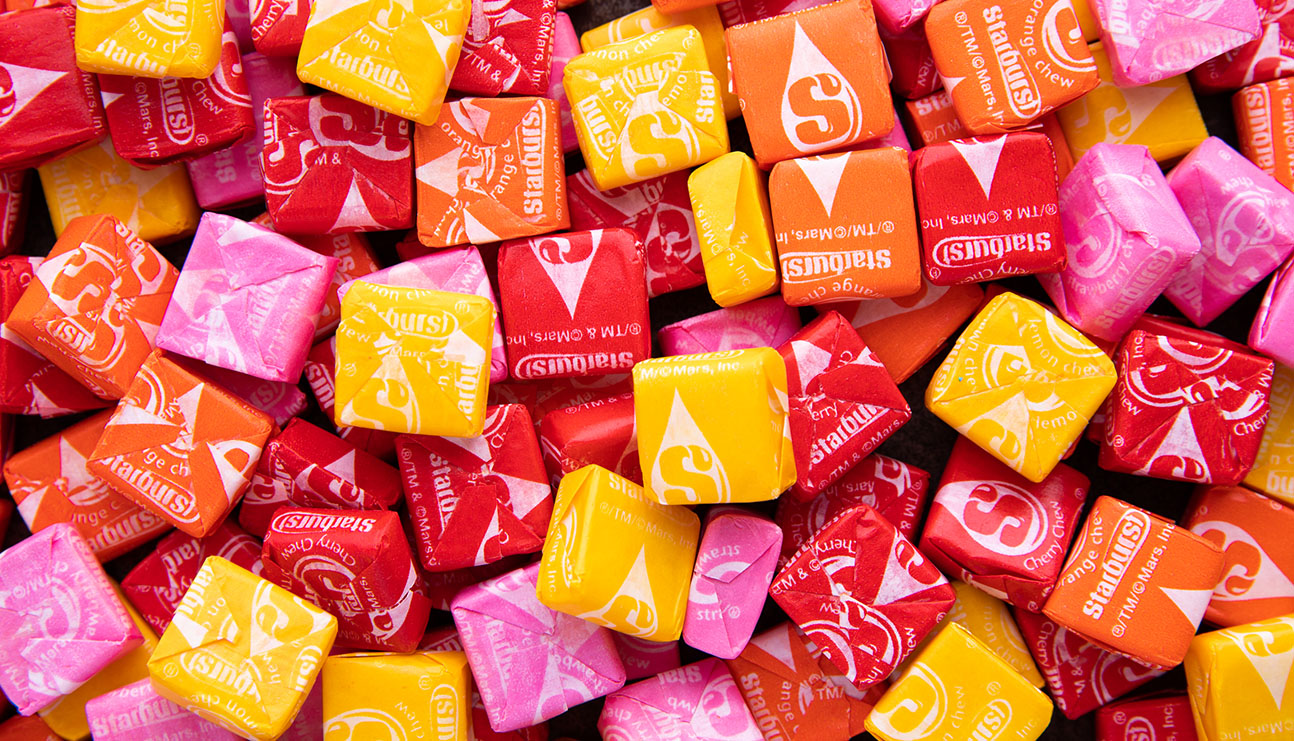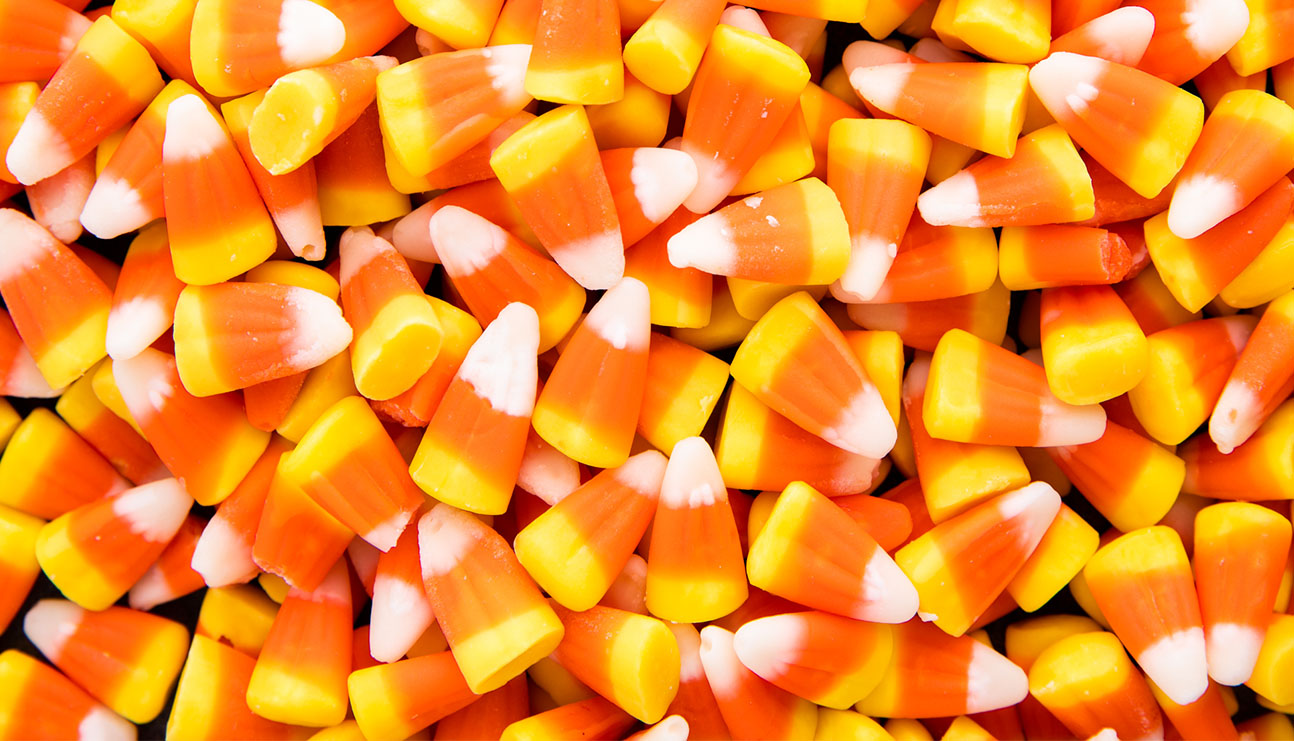Worst Halloween Candies—5 Halloween Candies To Avoid
MAED
Halloween is a time for spooky fun, but the scariest part of Halloween isn’t found lurking inside haunted houses. It’s in the candy passed out to children as they go trick-or-treating. Did you know almost all of our favorite Halloween “treats” contain ingredients that can be seriously harmful? Even worse—these ingredients can be found in most packaged candies, holiday or not.
We’ve broken down a few popular Halloween candies, pinpointing which ingredients make them unhealthy for young trick-or-treaters. This year, you may want to find a fun alternative and opt-out of giving away candy. And if you’re on the receiving end (hello, parents!), you could use your candy for creative science projects or participate in a Halloween candy buyback program.
Red Vines
The first item listed on Red Vine’s list of ingredients is corn syrup. Not to be confused with high fructose corn syrup, which is another issue. Corn syrup is a highly-debated ingredient in the food and health industries, but what you should know is that it’s a refined sugar prevalent in recipes and sweets, and is 100 percent glucose—which means it rapidly hits a child’s bloodstream right as it’s consumed. Translation? You’ll soon get the sugar high, the mood swings, and the inevitable sugar crash. The twist-y red licorice candy also contains Red 40, one of the most dangerous artificial dyes on the market. Red 40 is not only the most common dye used in food but also contains benzidene, a chemical known for its carcinogenic properties in humans and animals.
M&MS
With all the colors M&M’s include, it’s no surprise that they’re made with more than half a dozen artificial dyes: Blue 1 Lake, Yellow 6, Red 40, Yellow 5, Blue 1, Yellow 6 Lake, Red 40 Lake, Yellow 5 Lake, Blue 2 Lake, and Blue 2. Interestingly enough, if you’re eating M&M’s from Europe, you won’t be consuming any of these. That’s because in the European Union, warning labels are mandatory for any products that contain artificial dyes. (Yes, truly.) And because of these stringent requirements, brands have opted for natural food coloring, using sources such as carrots, paprika, red cabbage, and blueberries to bring color to their products. M&M’s also contain soy lecithin, an ingredient found in many chocolate products. Although the jury is still out on the benefits (and detriments) of soy lecithin, it is derived from soy, a crop that for the majority is genetically modified, bringing its own set of issues including potential allergic reactions and herbicidal residue. Although soy lecithin usually doesn’t cause allergic reactions to those who have issues with soy, those who have strong sensitivities may be impacted.
Sour Patch Kids
Sour patch kids have been linked to hyperactivity, carcinogenic reactions in animals, and hypersensitivity. They also have been connected to severe but infrequent allergic reactions. Artificial flavors are derived from inedible sources, such as petroleum, and synthesized in a lab to mimic natural flavors. Sour Patch Kids also contain corn syrup, the same ingredient found in Red Vines.
Starbursts
Similarly to Sour Patch Kids, Starbursts are colored with artificial dyes Red 40, Yellow 6, Yellow 5, and Blue 1. Starbursts also contain hydrogenated palm kernel oil, a low-cost oil that is high in saturated fats and is meant to replace trans fat in different processed foods. Consuming oils that are high in saturated fats can raise blood levels of cholesterol and increase the chances of heart disease.
If you’re vegan, you should veer away from this candy as well. It contains gelatin, an animal collagen-derived ingredient found in many jellos, gummies and marshmallows. Most gelatin also contains processed free glutamic acid, another word for MSG.
Candy Corn
Last but not least, candy corn a.k.a the polarizing candy that always resurfaces around Halloween. Many candy corn companies advertise that their candy corn is made with real honey, but buyer beware! Just because there’s real honey doesn’t mean that there aren’t other ingredients that are damaging to your health. Besides the fact that the first ingredient is sugar, candy corn also contains Yellow 6, Yellow 5, Red 5, and artificial flavors. Like Starbursts, candy corn is not vegan as it contains gelatin.
If you look closely at the ingredient list of most Halloween candies, you’ll find they usually contain preservatives, food coloring, and high amounts of sugar.
No one wants to kill your vibe and suck all the fun out of trick-or-treating, but as a parent, giver of treats, or eater of said treats (hey, taste testing is a thing…) it’s essential to have all the information so that as a parent you can make your best-informed decision. There are plenty of fun ways you can “treat” your tricksters! Stickers, finger puppets, and bubbles are just a few candy replacement ideas. Not only are they healthier options, but they’ll break up the monotony of the same treats in their pillowcases and plastic lanterns.


